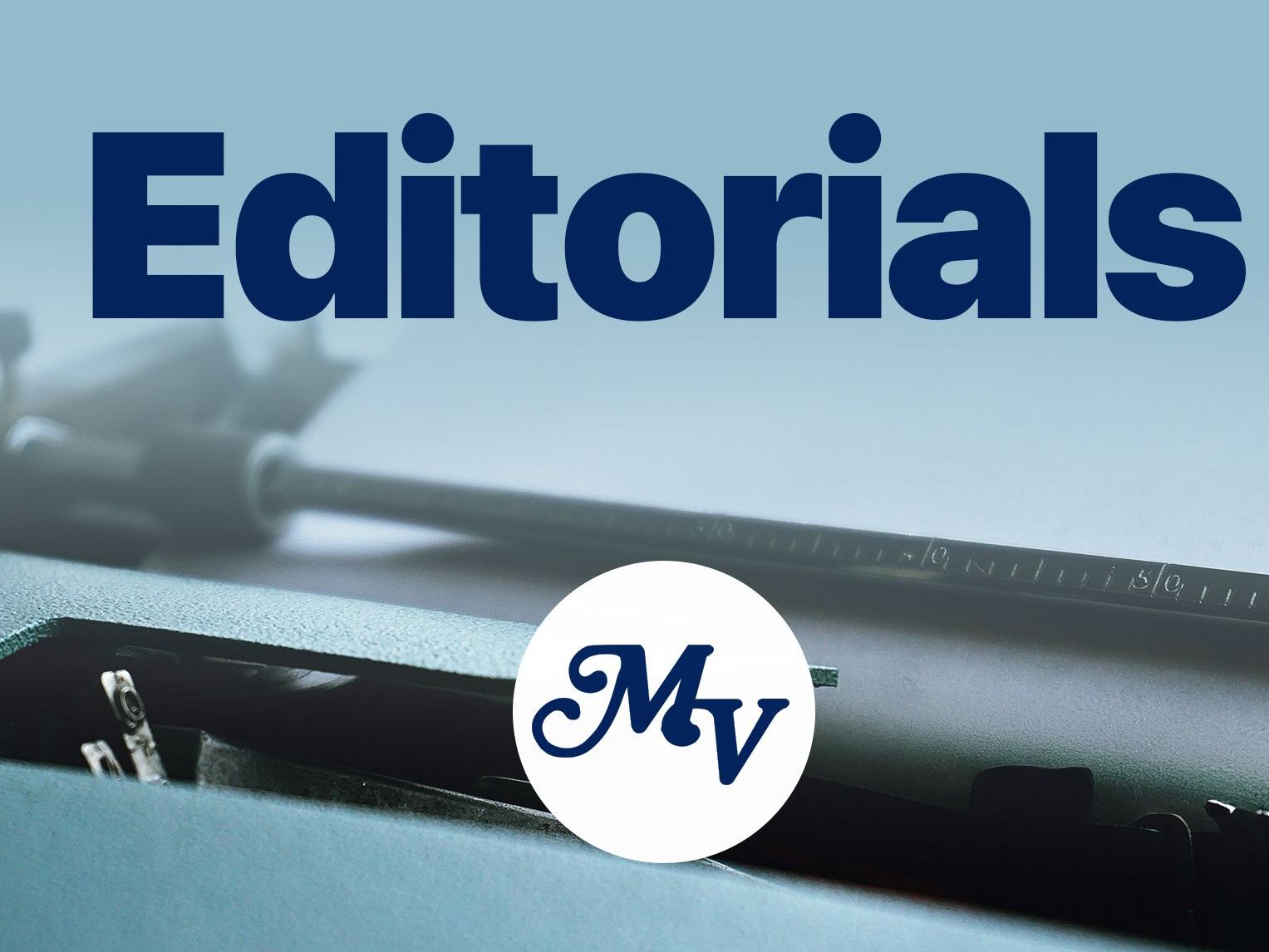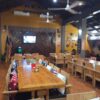Public Infrastructure, Industries and Commerce Minister Jackson Ngiraingas in an interview said that on top of the repair that has to be made on the damaged road, the government is also facing broken asphalt road due to the drainage problems.
He said the United States Army Corps. Of Engineers have inspected the damages and assessed defects of the entire road and the needed repairs.
Palau government however needs to look for sources of money to pay for the cost.
“It will take money to repair the road, hopefully we will get some money,” Ngiraingas said.
A 60 meter section of the highway built four years ago in Palau has collapsed due to heavy rains.
The collapsed road was caused by torrential rainfall. Continuous rains also resulted toseveral mudslides along the road.
The section of the road on the east side of the island south of thecapitol in Melekeok dropped about three meters and a detour around the damage was put in place within a few days.
The collapsed roadislocated in Ngchesar between the Jungle River Cruise and the Ngchesar-Koksai intersection.
The 85 kilometer roadway was built by South Korea-based Daewoo Engineering and Contracting Company Ltd, under contract by the U.S. Army Corps of Engineers.
It was completed in 2006 at a cost of 143 million US dollars and funded with Compact funding from the United States.
Ngiraingas earlier saidthat Palau cannot dip into the $3 million fund supposedly reserved for maintenance of the Compact Road.
He said the money will be used to purchase road equipment to maintain the road.
He said Palau is hopeful that the recent visit of the Congressional delegation from the United States will spur into assistance for the repair of the collapsed road from the Department of the Interior.
After nearly five years of construction, there is much anticipation in Palau over the pending move of the country’s capital from its current site in Koror to Melekeok State in central Babeldaob – the nation’s largest island.
The new capital complex, comprised of three separate buildings emulating the U.S. national congress in Washington, D.C., began construction in Melekeok in 2000 and is to be completed early next year, when the Government of Palau will move about half of its administration offices from Koror – the country’s highly populated urban center – to Babeldaob.
The project is supported by a US$23 million loan from Taiwan.
The development of a new, modern capital symbolizes Palau’s emergence as an independent state, but it also has significant implications for the government’s spending budget. It is estimated that the recurrent cost of the new facilities will add US$2 million a year to government spending, according to a recent Asian Development Bank economic outlook report on Palau.
In recent years, with the influx of foreign workers adding to Palau’s population, the local consensus has been that the capital city of Koror is getting overcrowded. The CIA World Factbook estimates Palau’s population at 20,300. According to census figures, the share of the non-Palauan resident population increased from 16.8 percent in 1990 to 30.1 percent in 2000. The increase accounts for four fifths of the increase in the country’s total population.
This huge influx has put a heavy strain on Koror’s limited landmass. Development within Koror often involves leveling mangrove forests and filling in swamplands in order to expand outlying areas to build on.
The move of the capital to central Babeldaob carries the promise of allowing Palauan families to return to their villages. Many Palauan families, or clans, residing in Koror hold lease agreements with Koror State. These agreements have allowed people from villages (states) outside Koror to build houses and raise families in the city for decades.
These people relocated to Koror from their clan lands mainly for employment and educational opportunities.
The main method of transportation between states was by speedboat or “bilas” – tugboats – before the existence of a road on Babeldaob. Schoolchildren would often reside with relatives in Koror during the school week and return to their villages on the weekends and during summer breaks. It was convenient to build new homes in Koror on leased land because there was no reliable infrastructure in place prior to the inception of the compact road project in Palau that would accommodate the long commute from Babeldaob to Koror.
But now a new roadway being built in conjunction with the capital relocation is expected to ease the difficult commute. The Palau Compact Road is a new 85 kilometer (53-mile), two-lane, rural collector roadway on the island of Babeldaob. The Republic of Palau made the compact road project a condition of the compact agreement signed with the United States in 1994, when Palau gained its independence.
The long two-lane highway around Palau’s main island will be an important addition to Palau’s infrastructure. The roadway was sponsored by the U. S. Department of the Interior as part of the Compact of Free Association, which defines political and financial relations between Palau and United States – hence the moniker “Compact Road”.
The design and construction of the project was under the administration of the U. S. Army Corps of Engineers in Honolulu. The sealed road is being built by South Korea-based Daewoo Engineering and Contracting Company Ltd, working under a contract administered by the U.S. Army Corps of Engineers.
What began as a US$125 million road project will reportedly cost an estimated US$149 million by the time it is completed, scheduled for June 2006, according to Pacific Magazine.
About 40 percent of the road was built through virgin jungle. Environmental issues, archeological features, live ordinance, basic logistics and communications, and a lawsuit all added to the challenges faced.
In 2002, Daewoo filed a lawsuit against the U.S. Army Corps of Engineers claiming “the impossibility of project completion within the allotted period of 1,080 days” and “failure to disclose vital information”.
Wet weather is the cause of the much-delayed completion of the road project, and the cause of the ongoing dispute between Daewoo Engineering and Construction Company, Ltd. and the U.S. Army Corps of Engineers. Daewoo charges the Corps with misleading information and withholding information about rainfall and “dry out” time. This case was brought to trial in the 9th District courtroom of the United States Court of Federal Claims, in Honolulu, Hawaii.
The texture of the soil in certain areas through which the road must pass presents ongoing challenges as well. The type of soil that occurs in some areas retains moisture and causes landslides in steep-sloping areas during heavy rains, which occur frequently in Palau. The landslides delay roadwork and may even force rerouting parts of the road or drainage ducts and other adjustments.
Babeldaob, the region’s second largest island after Guam, accounting for about 80 percent of Palau’s landmass, has remained undeveloped so far. The completion of the Compact Road will open up the island’s landmass to commercial possibilities and connect it to the city of Koror.
It is believed that Palau will enter a new phase of economic growth with better production and distribution possibilities that would lead to greater self-sufficiency from within. In an interview with Pacific Daily News in March of 2002, with the road project already in progress, Keoni Isechal, an engineer with the President’s office in Palau said “The road will be very useful for opening our island for economic development. We are confident, with proper planning, development will be done right.”
Isechal said the president’s office is well aware of the environmental risks of development, but construction methods can be improved and impacts mitigated. “The road is a good project,” Isechal said, “It’s a shame we have to make some environmental sacrifice, but they are calculated sacrifices. It’s our responsibility to balance it.”
In the same article, Noah Idechong, a noted environmentalist, former chief of Palau’s Division of Marine Resources and co-founder of the Palau Conservation Society, and now a Delegate in Palau’s legislative body said, “It’s high time for people to decide how the island should be developed and how much should be developed, he said. At stake is Palauan culture and the identity of its people who have so long lived in harmony with the sea and land,” Idechong said, “if the road goes in and we haven’t decided, all hell will break loose.”
The largest and most biological diverse estuary in Micronesia is Ngermeskang River in Palau. Leaders of Palauan states that share the ownership of the area have recognized that fact and designated some 30,000 acres as a conservation area. But that area, like all of Babeldaob, is at risk from the road project and coming development, Idechong said.
Santy Asanuma, local businessman and recently elected into Palau’s Senate, said in an October 2002 article by the Small Island Voice, “It does not require a college degree to see that the road is a major contributor to the current polluting and degradation of our marine environment. It is a shame when people in positions of authority turn a blind eye on a problem like this because regular people will likely not rise to meet the challenge.
Mind you, I am not arguing the need of the road. How it is done is a problem. Remember, money is to be made by those who are constructing this road. This is not a goodwill mission and certainly does not deserve goodwill protection from the Palauan government and people, Asanuma said.










